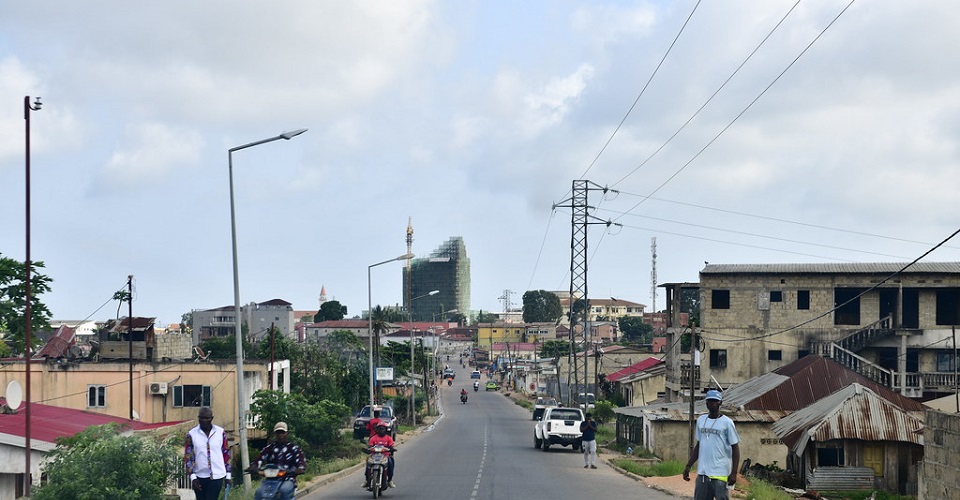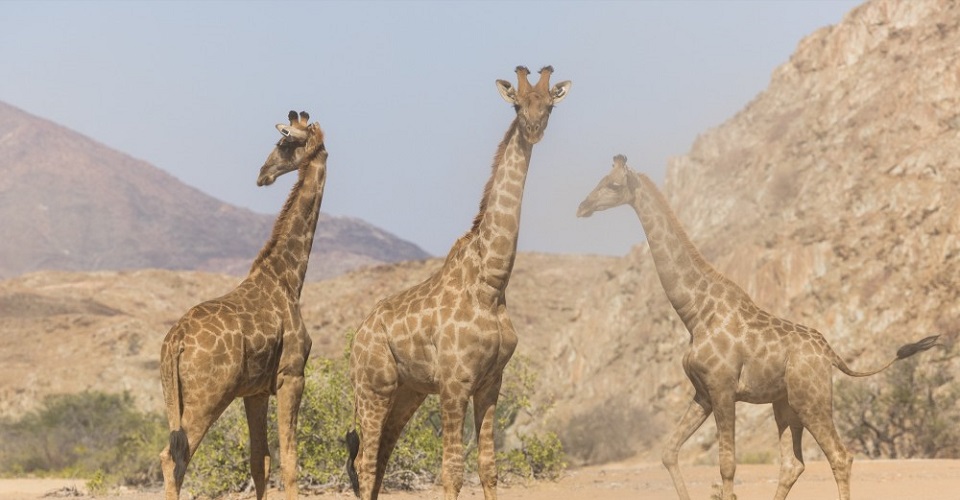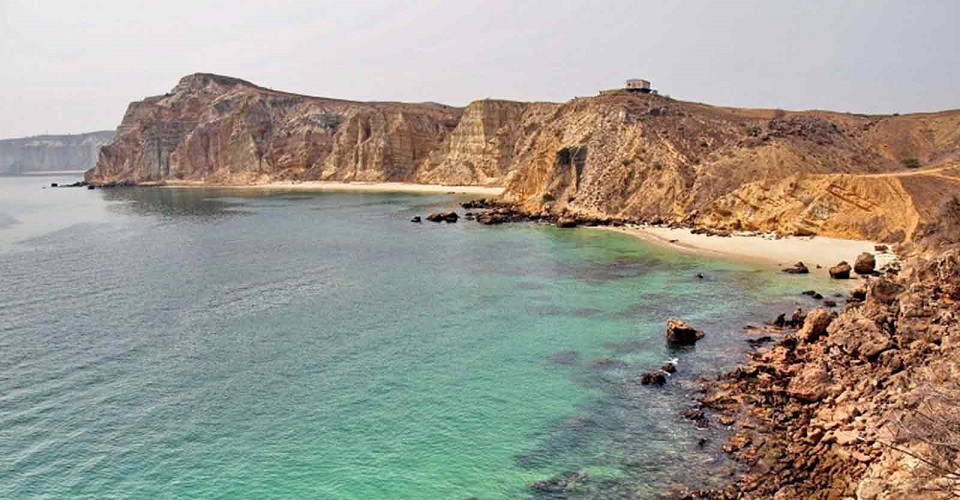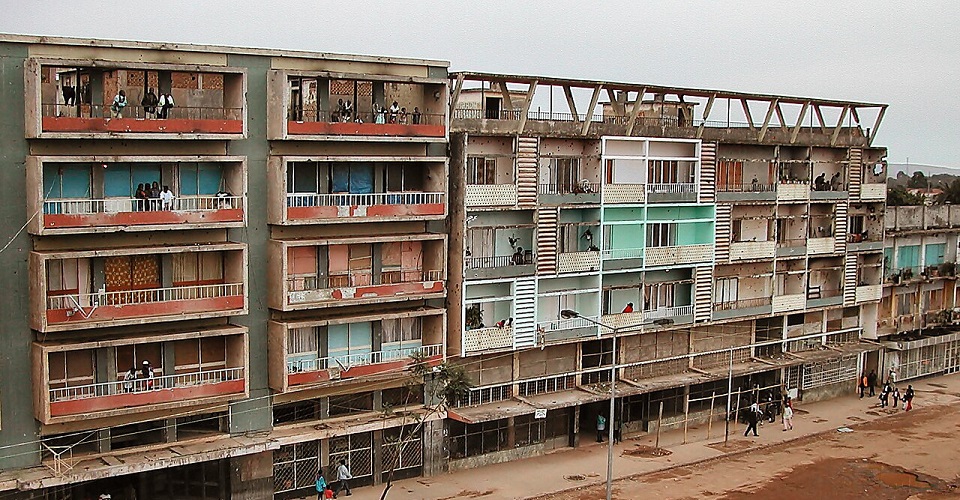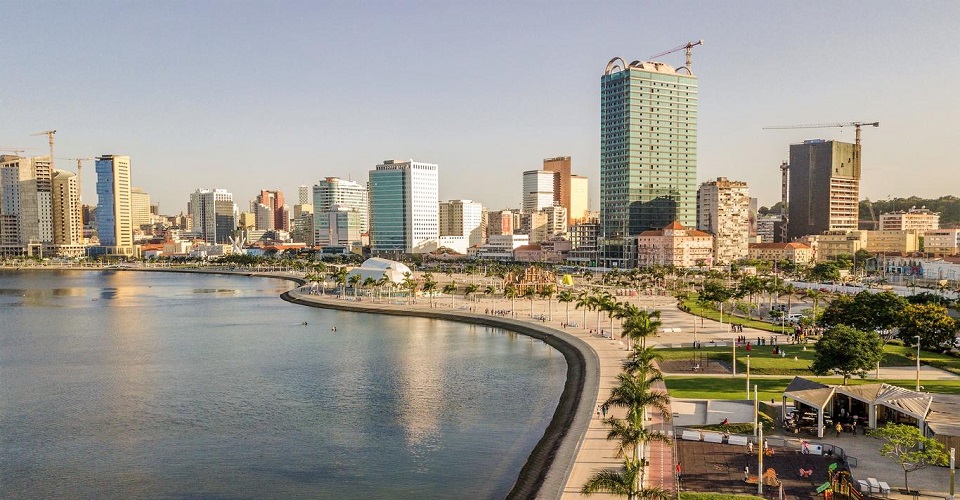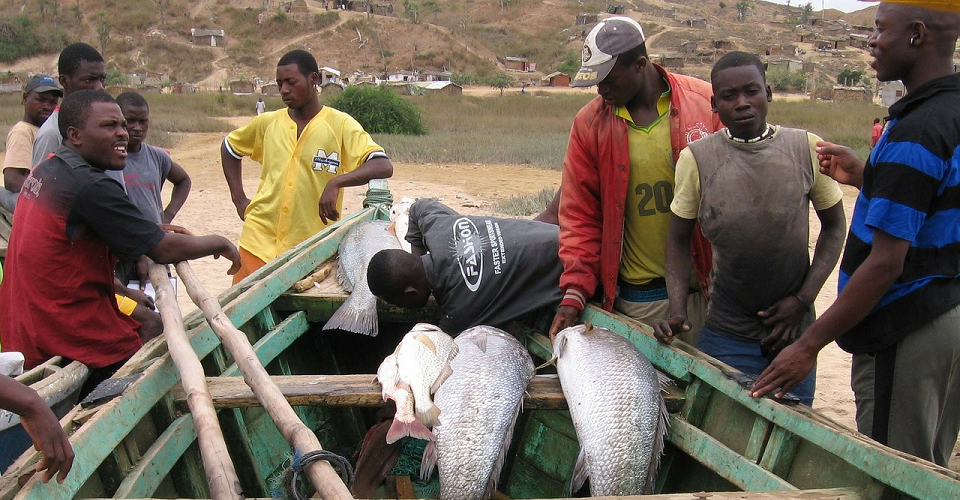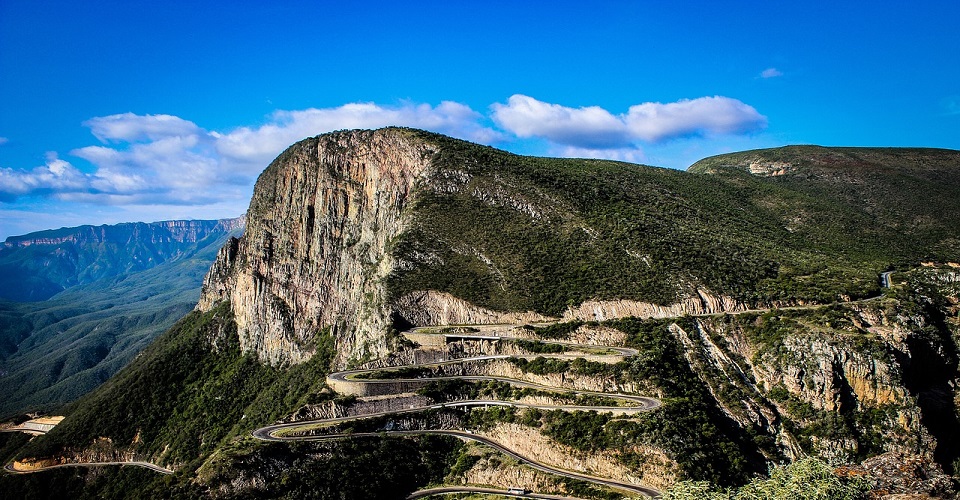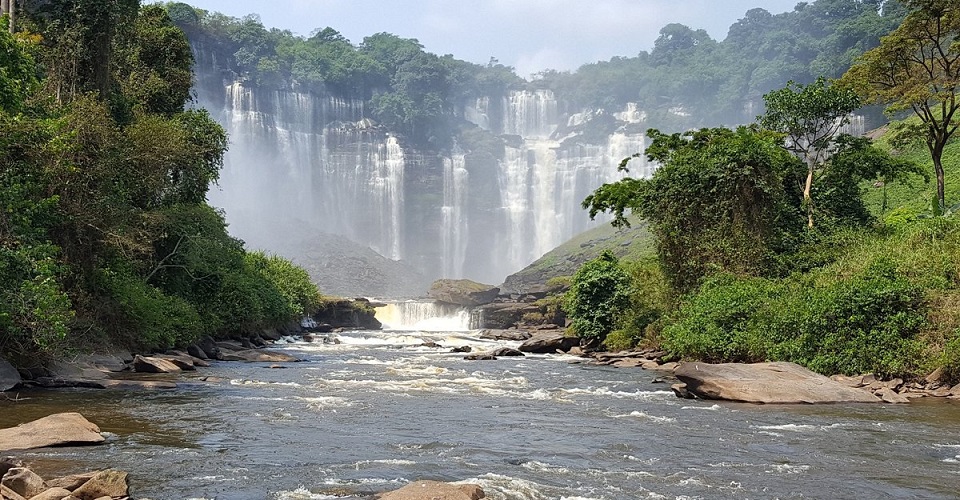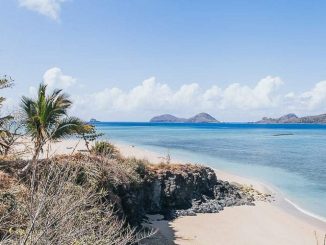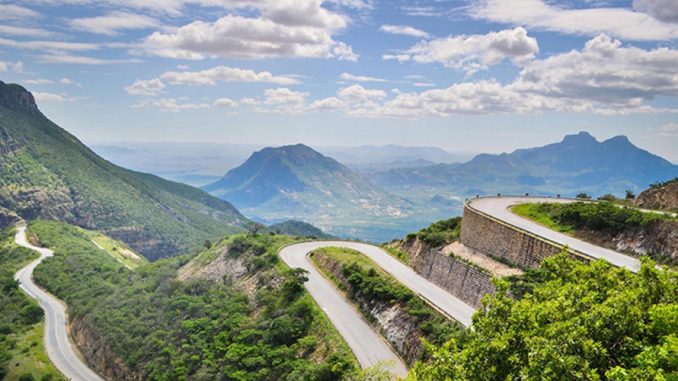
This Angola Travel Volunteer Guide is brought to you by Go Volunteer Africa, the largest and leading volunteer travel operator in Africa. Angola is a country in Central Africa. It shares borders with Namibia, Zambia, and the two Congos.
Formerly a Portuguese colony, travel allows one to explore the second-largest Portuguese-speaking country in the world. Since the end of the Angolan Civil War in 2002, the country’s tourism industry has been steadily growing and continues to attract 500,000 – 600,000 people each year.
Endowed with beautiful waterfalls, rivers, national parks, and coastlines, there is plenty to do and see in Angola, a hidden gem. Angola is keen to make up for lost time, and it would be a shame to miss out on its dramatic rebirth.
Angola refuses to cling mawkishly to its past, having emerged from the shadow of 500 years of Portuguese rule and a long civil war; the prevailing spirit is one of confidence, pride and optimism. For the ultimate bragging rights, Angola is the tourist destination.
Business visitors are increasing but it’s still a very niche destination for tourists. Miles of remote beaches, tropical rainforests, burgeoning provincial capitals, and all manner of birds await. Race the waves in the Foz do Cunene–Baía dos Tigres beach run, see the grandeur of the Portuguese colonial pastel-pink building and travel deep into the desert to see the mysterious Tchitundo-Hulo rock paintings or take a day trip to the Kissama National Park a few hours south of Luanda, the ultimate culture immersion experience of all is signing up to volunteer in Angola with Go Volunteer Africa.
- Capital: Luanda
- Currency: kwanza (AOA)
- Population: 32.8 million (2020)
- Electricity: 220 volt / 50 hertz (Europlug)
- Country code: +244
- Driving side: right
The people of Angola are stoics. They have a deep understanding of patience, and avoid blaming the difficulties the country faces on the fact that there was war. In fact, Angolans behave as if there was no war although it is deeply rooted in every Angolan.
Music is the heart and soul of Angolans; it can be heard anywhere and they use anything as an excuse to party. The country has a wide range of music, mainly Kuduro, Kizomba, Semba, and Tarrachinha, the latter being more sensual than all the others. In all, it is safe to say that Angolans are fun and loving people with a thirst for more of what life has to give.
Visa to Angola
From 30 March 2018, Angola started issuing tourist visas valid for 30 days in a simplified procedure to visitors from the following 59 countries: Algeria, Argentina, Australia, Austria, Belgium, Brazil, Bulgaria, Canada, Cape Verde, Chile, China, Croatia, Cuba, Cyprus, Czech Republic, Denmark, Estonia, Eswatini, Finland, France, Germany, Greece, Hungary, Iceland, India, Indonesia, Ireland, Israel, Italy, Japan, Republic of Korea, Latvia, Lesotho, Lithuania, Luxembourg, Madagascar, Malawi, Malta, Monaco, Morocco, Netherlands, New Zealand, Norway, Poland, Portugal, Romania, Russia, Sao Tome and Principe, Slovakia, Slovenia, Spain, Sweden, Switzerland, Timor-Leste, United Arab Emirates, United Kingdom, United States of America, Uruguay, Vatican City, Venezuela and Zambia.
Visitors must first apply for a pre-visa online with the Migration and Foreigners Service and after such pre-visa is granted, they can obtain a visa on arrival at Luanda Airport. In order to obtain a pre-visa applicants must submit proof of accommodation and subsistence means, a return ticket and the international certificate of vaccination. Visa costs US$120, paid on arrival.
When obtaining a visa from countries to the north, you will often only be issued a 5-day transit visa for Angola. If travelling by road, this will only give you enough time to get to Luanda where it takes up to 4 days to get another five-day transit visa. If you’re coming into Angola from the DR Congo, you may well need an Angolan visa before entering DR Congo.
You’re Going to Love Angola
A rarely explored African wonder, Angola is packed with breathtaking landscapes and rich history. Colonial remnants from Portuguese crusaders are particularly noticeable in coastal towns as houses display European-inspired architecture. National parks are home to carnivorous wildlife, such as leopards, lions, and hyenas, while rivers tremendously cascade into waterfalls.
What to do in Angola
Visit Kissama National Park: Safari tours through the 3-million-acre reserve provide the opportunity to see elephants, zebras, giraffes, and elands grazing through the wild pastures.
Relax in Mussulo: The picture-perfect peninsula has winding sandy beaches and a laid-back atmosphere. Bars and restaurants flank the water and serve tasty local cuisine.
Take a Trip to Kalandula Falls: Recognized as one of the biggest waterfalls in Africa, the plummeting flow of water is an unforgettable site.
Learn at the National Museum of Slavery: Walking through the building and seeing preserved items from the slave trade period is a humbling experience. The museum is located on the same point of the port where slaves were loaded onto boats before being shipped across the Atlantic Ocean.
Gaze at Miradouro da Luna: The spectacular formation of rocks has been shaped by wind and rain erosion for thousands of years, resulting in a remarkable surface that has drawn comparisons to the moon.
Volunteer in Angola: Go Volunteer Africa offers life changing meaningful volunteer opportunities in Angola. You can travel as a solo volunteer or join our groups.
When to visit Angola
It’s recommended to travel during the milder months between June and October. Rain is rarely seen during this period and daily temperatures hover between 75-79°F.
How to Get to Angola
All international flights land at Angola International Airport just outside of Luanda, with direct services available from Dubai, Paris, Johannesburg, Amsterdam, and Frankfurt.
Car
The recommended crossing points are at Santa Clara Border Post from Namibia, Luau Border Post from the DRC, and Massabi Border Post from the Republic of Congo. Applying for a visa prior to reaching the border will save plenty of time as it will only be necessary to collect the physical copy.
Bus
Direct services can be caught from Namibia’s capital Windhoek to Luanda. The 25h bus departs three times per week.
Where to stay in Angola
Accommodation options are rather bleak outside of major cities such as Luanda, so it’s suggested to take day trips to remote destinations and return before night. The quality standard between hotels is generally significant and reliable option is staying at Go Volunteer Africa’s volunteer house managed and run by our local team.
How to Get Around Angola
Public Transportation
Transport within cities is mainly limited to minibuses known as “candongueiros.” The blue and white vans do not have fixed prices and bartering is necessary.
Trains
Three separate railways run from west to east and connect Luanda to Malenje, Lobito to Huambo, and Namibe to Menongue.
Bus
Services between cities are limited and vehicles are often overcrowded. It is advised to arrange private transfer instead of taking a public bus.
Plane
The national carrier TAAG Angola Airlines operates domestic flights to cities, such as Cabinda, Dundo, Huambo, Kuito, Namibe, and Saurimo.
The Cost of Living in Angola
Eating out at a mid-range restaurant generally costs around 15,000-20,000 AOA (30-40 USD). Angola remains a predominantly cash-based society and credit cards, especially foreign ones, are only accepted at hotels and upscale restaurants.
HOW TO APPLY
To start the process fill Volunteer application form and submit it for consideration and book your placement. For more information on how to get enrolled for the volunteering experience of a lifetime contact us. Or Give us a call | WhatsApp | Telegram | Viber | Imo at +254-796-786292 to talk to a Program Specialist.


